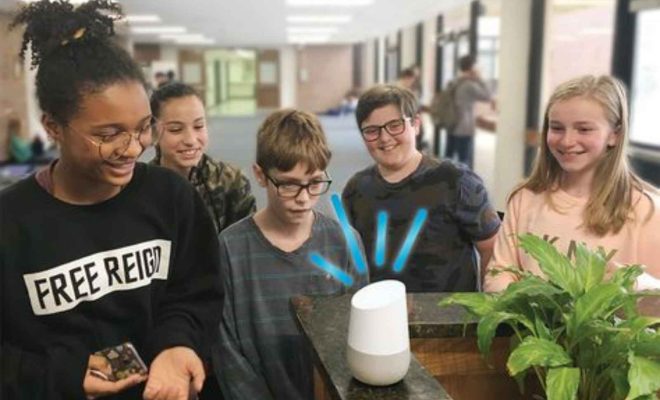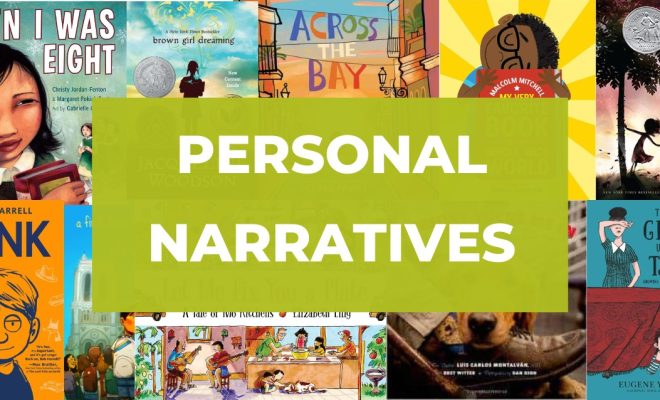10 Cool Ways to Use Voice Search in the Classroom

Voice search technology has become increasingly popular in recent years, revolutionizing the way we access information. While it is commonly used for quick online searches, its potential in the classroom is often overlooked. Here are 10 cool ways to use voice search in the classroom that can enhance learning and engagement:
1. Hands-Free Research: With voice search, students can quickly find information without the need to type on a keyboard. It allows them to maintain focus and productivity while researching various topics.
2. Vocabulary Enrichment: Voice search can be used as a language learning tool. Students can explore new words, their definitions, synonyms, and even proper pronunciation by simply asking the voice assistant.
3. Language Translation: Voice search supports multiple languages, making it a valuable resource for language classrooms. Students can easily translate words, phrases, or even whole sentences to practice their foreign language skills.
4. Homework Assistance: Students can rely on voice search to get immediate help with homework questions. Whether it’s solving a math problem or understanding complex concepts, voice search provides instant answers and explanations.
5. Interactive Quizzes and Trivia: Teachers can create interactive quiz games that utilize voice search. Students can answer questions by speaking out loud, encouraging active participation and healthy competition in the classroom.
6. Spelling and Grammar Check: Voice search can assist students in improving their spelling and grammar skills. By asking for correct spellings and grammar rules, students can learn by example and develop their writing skills.
7. Pronunciation Practice: Foreign language learners can benefit from voice search by using the feature to practice pronunciation. The voice assistant can offer feedback on their pronunciation accuracy, helping them to refine their skills.
8. Science Experiments: Voice search can be used as a virtual science lab assistant. Students can ask for instructions or explanations during experiments, making complex scientific concepts more accessible.
9. Reading Aloud: Voice search can read text aloud for students, aiding those who struggle with reading or have visual impairments. This promotes inclusivity and allows all students to access and engage with written content.
10. Creativity Boost: Voice search can be utilized as a brainstorming tool. Students can voice their ideas or prompts, allowing them to explore new perspectives and generate creative solutions.
In conclusion, voice search technology offers numerous possibilities for enhancing the classroom experience. From streamlining research to improving language learning, its versatility makes it a valuable asset in modern education. By incorporating voice search into classroom activities, educators can harness its potential to promote engagement, accessibility, and academic growth.






